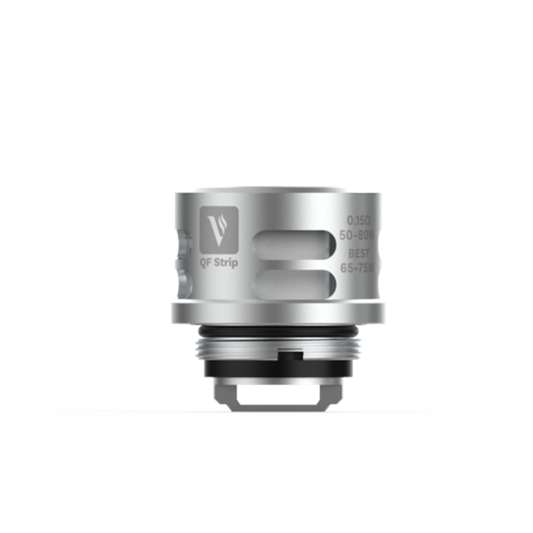Understanding the intricate workings of atomizer coils is essential for anyone interested in the mechanics of e-cigarettes. These small yet powerful components are at the heart of vapor production, transforming e-liquid into the vapor that users inhale. This article delves into the science behind atomizer coils, shedding light on their function, composition, and the physics of vaporization.

What Are Atomizer Coils?
Atomizer coils are the heating elements within e-cigarettes that play a crucial role in vapor production. Typically made from resistance wire, such as Kanthal, Nichrome, or stainless steel, these coils are wrapped around a wick material, often cotton. When the e-cigarette is activated, electrical current flows through the coil, heating it up. The wick, soaked in e-liquid, comes into contact with the hot coil, causing the liquid to vaporize.
The Physics of Vaporization
The process of vaporization in e-cigarettes is a fascinating interplay of heat and liquid. When the coil heats up, it reaches temperatures high enough to turn the e-liquid into vapor without burning it. This is achieved through the principle of Joule heating, where electrical energy is converted into heat energy. The temperature must be carefully controlled to ensure efficient vaporization while avoiding the combustion of the e-liquid, which could produce harmful byproducts.
Materials and Design
The choice of materials for atomizer coils is critical. Kanthal, for example, is favored for its high resistance and durability, making it a popular choice for many e-cigarette users. Nichrome, another common material, offers a lower resistance and faster heating times. Stainless steel is prized for its versatility, as it can be used in both wattage and temperature control modes. The design of the coil, including the number of wraps and the gauge of the wire, also influences the resistance and, consequently, the heating characteristics.
Innovations in Coil Technology
The evolution of atomizer coils has seen significant advancements aimed at enhancing the vaping experience. Mesh coils, for instance, have gained popularity due to their larger surface area, which allows for more even heating and better flavor production. Clapton coils, with their intricate wire wrapping, provide increased surface area and improved vapor production. These innovations reflect the ongoing quest to optimize the balance between flavor, vapor production, and coil longevity.
Maintaining and Replacing Coils
Proper maintenance of atomizer coils is essential for ensuring a consistent vaping experience. Over time, coils can accumulate residue from the e-liquid, leading to a burnt taste and reduced vapor production. Regular cleaning and timely replacement of coils can mitigate these issues. Signs that a coil needs replacement include a noticeable drop in flavor quality, reduced vapor output, and a burnt taste. By keeping coils in good condition, users can enjoy a more satisfying and flavorful vaping experience.
Conclusion
The science behind atomizer coils is a blend of materials science, electrical engineering, and thermodynamics. These small components are pivotal in transforming e-liquid into the vapor that defines the vaping experience. By understanding the principles of coil operation, the materials used, and the innovations in coil technology, users can make informed choices and optimize their vaping experience. The journey of atomizer coils from simple resistance wires to sophisticated heating elements underscores the dynamic nature of vaping technology.
As the vaping industry continues to evolve, the science behind atomizer coils will undoubtedly see further advancements, promising even more efficient and enjoyable vaping experiences for users worldwide.








